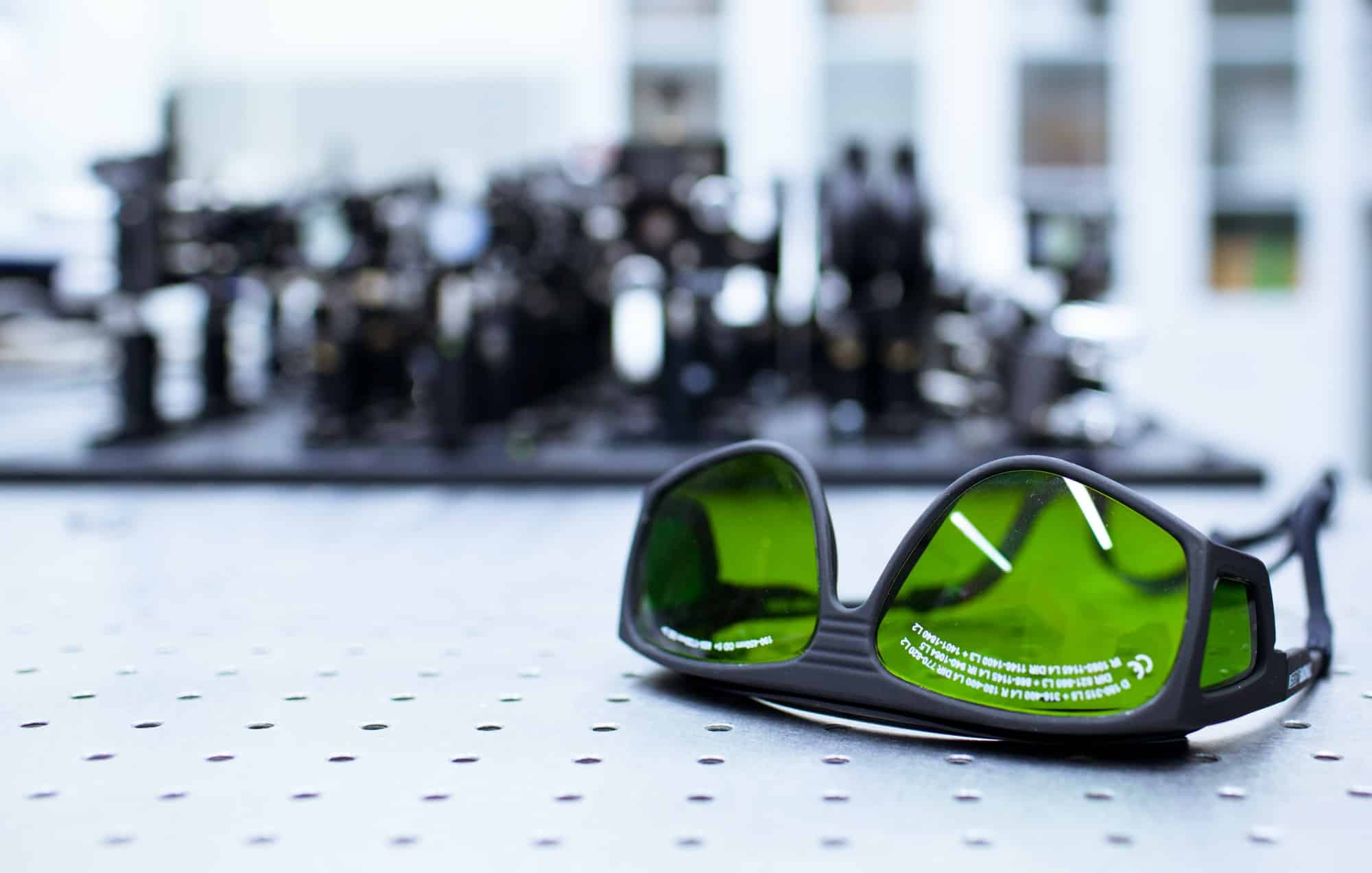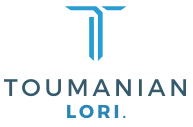How Are Quantum Dots Enhancing the Color and Efficiency of LED Lighting?

For years, we’ve marveled at the energy efficiency and durability of LED (Light Emitting Diodes) lighting. They’ve revolutionized the lighting industry, gradually replacing traditional bulbs due to their longevity and power efficiency. However, have you ever stopped to wonder if their performance could be enhanced even further? Can their color rendering and luminosity be improved? Well, quantum dots or QDs might just be the answer.
What are Quantum Dots?
Before delving into the impact of quantum dots on LED lighting, it’s important to understand what Quantum Dots (QDs) are. Quantum dots are nanoparticles, which have properties that can be manipulated based on their size and material composition. Due to their small size, they possess unique optical and electronic properties.
Also to discover : How Can AI Assist in the Early Detection of Epidemic Outbreaks?
When light shines on these quantum dots, they can absorb it and re-emit the light in a different color. The colors emitted range across the visible light spectrum from blue to green to red, purely depending on the size of the quantum dot. Smaller dots emit blue light, while larger ones produce light from the red end of the spectrum. This phenomenon opens the gateway to a wide array of applications, among which lighting and display technologies are at the forefront.
Quantum Dots and LED Lighting
While LEDs have been lauded for their efficiency and longevity, they’ve had their fair share of challenges, especially when it comes to color rendering and spectrum coverage. Traditional LEDs struggle to provide a full spectrum of light, often lacking in the production of vibrant reds and blues. The incorporation of quantum dots into LED technology can resolve these limitations.
In parallel : Chatbots and SEO: impact on search engine optimization
White LEDs based on quantum dots have the potential to outperform traditional LEDs in terms of color rendering index (CRI). The CRI is a quantitative measure of a light source’s ability to reveal the colors of objects faithfully compared to natural light.
Quantum dots can help achieve a high CRI because of their ability to emit light in various colors. When a blue LED light hits the quantum dots, they convert it into pure green and red light, which, when combined with the remnant blue light, produces high-quality white light. The color produced by QD-based LEDs is far superior to traditional LEDs, offering a broader spectrum of light.
Enhancing the Efficiency of LED Lighting
Beyond color rendering, quantum dots also contribute significantly to enhancing the efficiency of LED lighting. This is attributable to their high quantum yield (QY), which refers to the efficiency at which absorbed light is converted to emitted light. Quantum dots can have a QY of up to 100%, meaning they can, theoretically, emit every photon they absorb, making them incredibly efficient.
Moreover, quantum dots allow for the tailoring of LED lighting systems to specific applications or preferences. You can tune the color of light emitted by changing the size and composition of the quantum dots, a feature that can have significant energy-saving implications. For instance, in a lighting system optimized for plant growth, the ability to tune the light can lead to better yields while using less energy.
Quantum Dots in Display Technology
The use of quantum dots doesn’t stop at lighting. Their unique properties make them excellent candidates for display technology, including televisions and computer monitors. QD-based display technology offers high-resolution images with superior color quality.
When introduced into a display, quantum dots are illuminated by a blue LED backlight. These quantum dots then emit pure red and green light, producing extraordinarily vivid and vibrant colors. In fact, QD-based displays can cover more than 90% of the color gamut, significantly higher than traditional LED displays.
Quantum dots are also key to the emerging technology of micro-LED displays, where millions of microscopic LEDs are used to form an image. These displays are incredibly efficient and offer deep blacks and bright whites, with quantum dots playing a significant role in their development.
The Future of Quantum Dots in LED Lighting
Quantum dots have opened up new horizons in the realm of LED lighting and display technology, bringing about remarkable improvements in color rendering and energy efficiency. Despite this, there’s still much to explore and learn about these tiny particles.
As research progresses and technology evolves, we’re likely to see quantum dots being used in an even wider array of applications. They could potentially revolutionize solar cells, sensors, lasers, and much more. For now, though, we can marvel at the vibrant colors and improved energy efficiency quantum dots are bringing to our LED lights and displays.
Quantum Dots and LED Lighting: Challenges and Possibilities
Although quantum dots have shown significant potential in enhancing LED lighting, it’s worth noting that there are a few challenges that need to be overcome to bring this technology to the mainstream market. One of the challenges is the synthesis and stabilization of quantum dots. The process of creating them is fairly complex and requires precise control over their size and composition to achieve the desired color conversion.
Furthermore, the integration of quantum dots into LED lighting systems presents a challenge. Quantum dots are sensitive to environmental conditions such as heat and moisture. Therefore, a robust encapsulation is required to protect the quantum dots from degradation. This encapsulation must also have high optical transparency to avoid any loss in the light output.
Despite these challenges, advancements in research are gradually overcoming these hurdles. Google Scholar has numerous publications on novel methods to synthesize and stabilize quantum dots and innovative strategies for their integration into LED systems.
Quantum dots are also incredibly flexible, allowing their use in a variety of applications beyond just enhancing color rendering and efficiency in LED lighting. The ability to tune the color output of a light source based on the size of the quantum dot can be harnessed in numerous ways. For instance, in medical imaging, quantum dots can be used to create high-resolution images with precise color differentiation.
Conclusion: The Quantum Leap in LED Lighting
As we move towards a future where energy efficiency and high-quality lighting are paramount, the role of quantum dots in LED lighting cannot be overstated. Despite the challenges, the potential benefits of this technology make it an exciting area of research and development.
Quantum dots enhance the color gamut and efficiency of LED lighting, making them an attractive option for lighting systems. From rendering vibrant reds and blues, producing high-quality white light, to their role in high-resolution display technology, quantum dots are set to revolutionize the lighting industry.
The ability to tune the color of the light emitted opens a myriad of possibilities for application-specific LED lighting systems, including those optimized for plant growth, medical imaging, and even micro-LED displays.
In conclusion, the rise of quantum dots promises a brighter future, both literally and figuratively. As we continue to explore and unearth the potential of these tiny particles, we can look forward to a time where lighting is not only more efficient but also significantly more vibrant and versatile. The quantum dot might be small in size, but it’s impact on LED lighting is undeniably immense.
